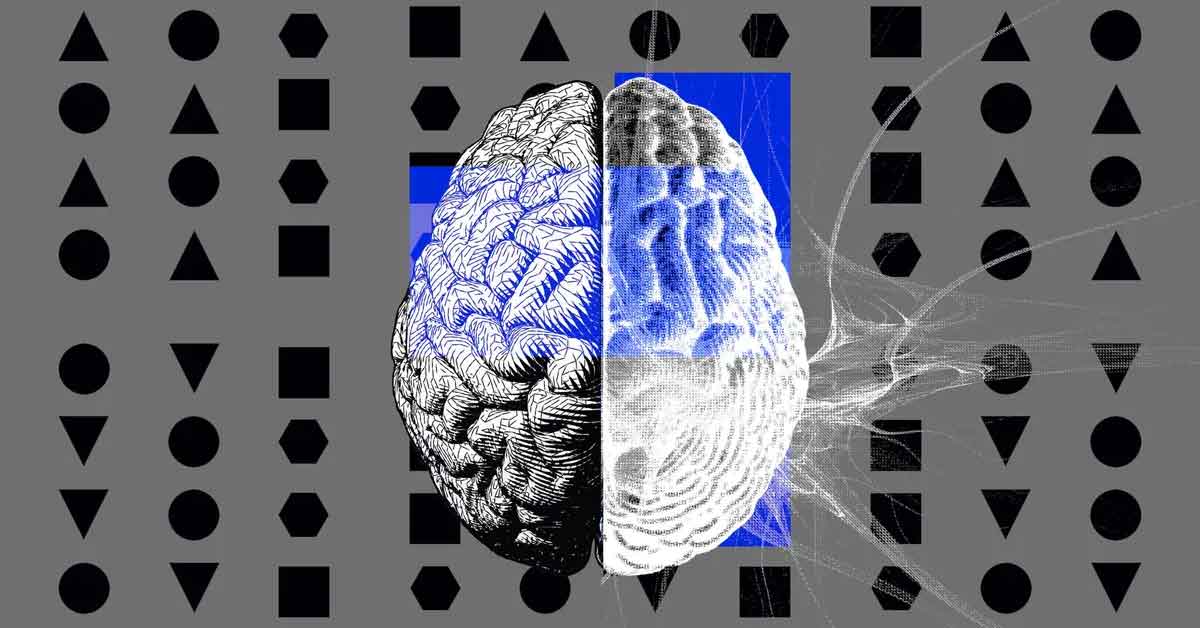In 2023, almost all of us got a smartphone with a smart assistant in it. But have you ever thought about how your smartphone understands your voice commands, like when you say HeyGoogle, Hey Siri, or Alexa, and how some systems seem to reason like humans? That's because of Symbolic AI also known as "good old-fashioned AI"
I'm sure you might not be that familiar with Symbolic AI. But in Artificial Intelligence (AI), Symbolic AI is a very important subfield dedicated to manipulating symbols or concepts rather than numerical data.
For now, think of it as a kind of language for smart systems, allowing machines to understand and process information like we do. It's a pretty interesting concept with many real-world uses.
Who Invented Symbolic AI ?
In 1959, three AI pioneers wanted to build a computer program that simulated how humans think to solve problems. The team that got this idea was Allen Newell; he was a psychologist interested in simulating how humans think.
Herbert Simon was an economist who later won the Nobel Prize for showing that humans aren't all that good at thinking. They teamed up with Cliff Shaw, a RAND corporation programmer, to build a program called the General Problem Solver. They might never think this is going to change the whole world of technology.
To keep things very simple, Newell, Simon, and Shaw decided that it was best to think about a problem's content separately from the problem-solving technique. And that's a really important insight.
But Computers are logical machines that use math to do calculations, so logic was an obvious choice for the General Problem Solver's problem-solving technique. But unfortunately, Representing the problem itself took more work.
This trio didn't back down from the challenge. They sort of took a different approach to it. Newell, Simon, and Shaw wanted to simulate humans, and human brains are really good at recognizing objects in the world around us.
So, in a computer program, they represented real-world objects as symbols. That's where the term Symbolic AI comes from, and it's how certain AI systems make decisions, generate plans, and appear to "think."
What is Symbolic AI?
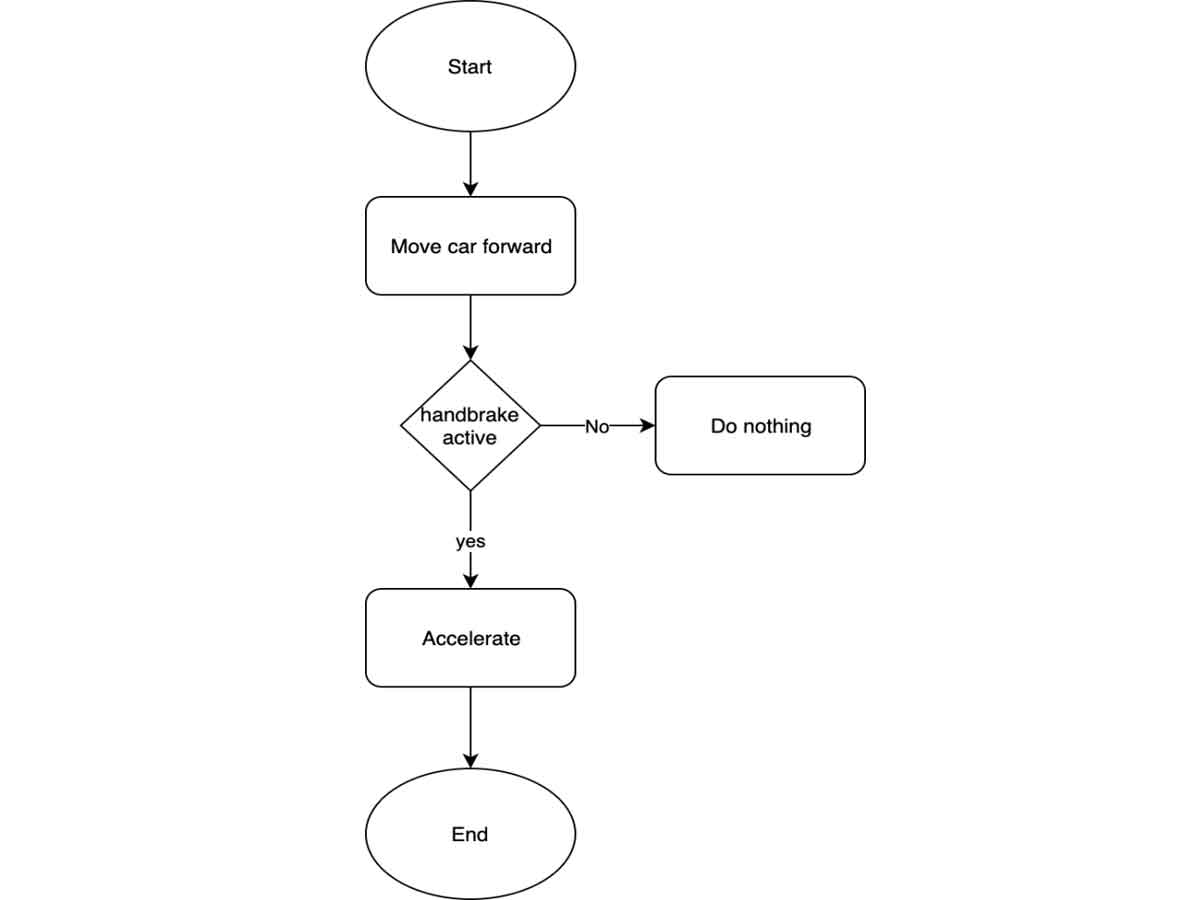
Symbolic AI stands out as an effective subcategory of artificial intelligence. But what does it do? It focuses on processing and manipulating symbols or concepts rather than numerical data.
Its ultimate goal is to construct intelligent systems that can reason in a way that mimics human thought processes. The simplest way to explain it is it’s an approach that trains Artificial Intelligence (AI) in the same way the human brain learns.
What's the go-to language for symbolic AI?
You know, interestingly, most of the Artificial intelligence-based programs are often associated with the programming language Python.
But of course, the choice of programming language for an AI project ultimately depends on the project's specific requirements.
Currently, Python is the go-to language for AI programming because of its versatility, user-friendly syntax, and extensive collection of libraries and frameworks.
It is a popular choice among most of the developers, making it easier to find support and resources when working on a project.
You can say Symbolic AI is basically an algorithm that processes symbols and comprehends their complex relationships. So, the primary method involves logic-based programming, where rules and axioms are guiding principles. Symbolic Artificial intelligence programs mostly operate in formal languages, which leverage logic to represent knowledge.

What Are The Real-World Symbolic AI Applications?
So now you might think, what are symbolic AI's real-world uses? And do we use this technology in our day-to-day life? Let’s start from the beginning. So basically, Symbolic AI has applications across many fields and in so many ways.
These AI algorithms are able to deal with more complex problems and can often find solutions that are more elegant than those found by traditional AI algorithms. Let me give you some examples so you can understand how important artificial intelligence is to our daily lives.
1. Natural Language Understanding:
Do you know how your digital assistant, such as Alexa, Google Assistant, or Apple Siri, understands what you're saying? That's because Symbolic AI has natural language understanding, allowing your virtual assistant to understand and respond to your everyday words.
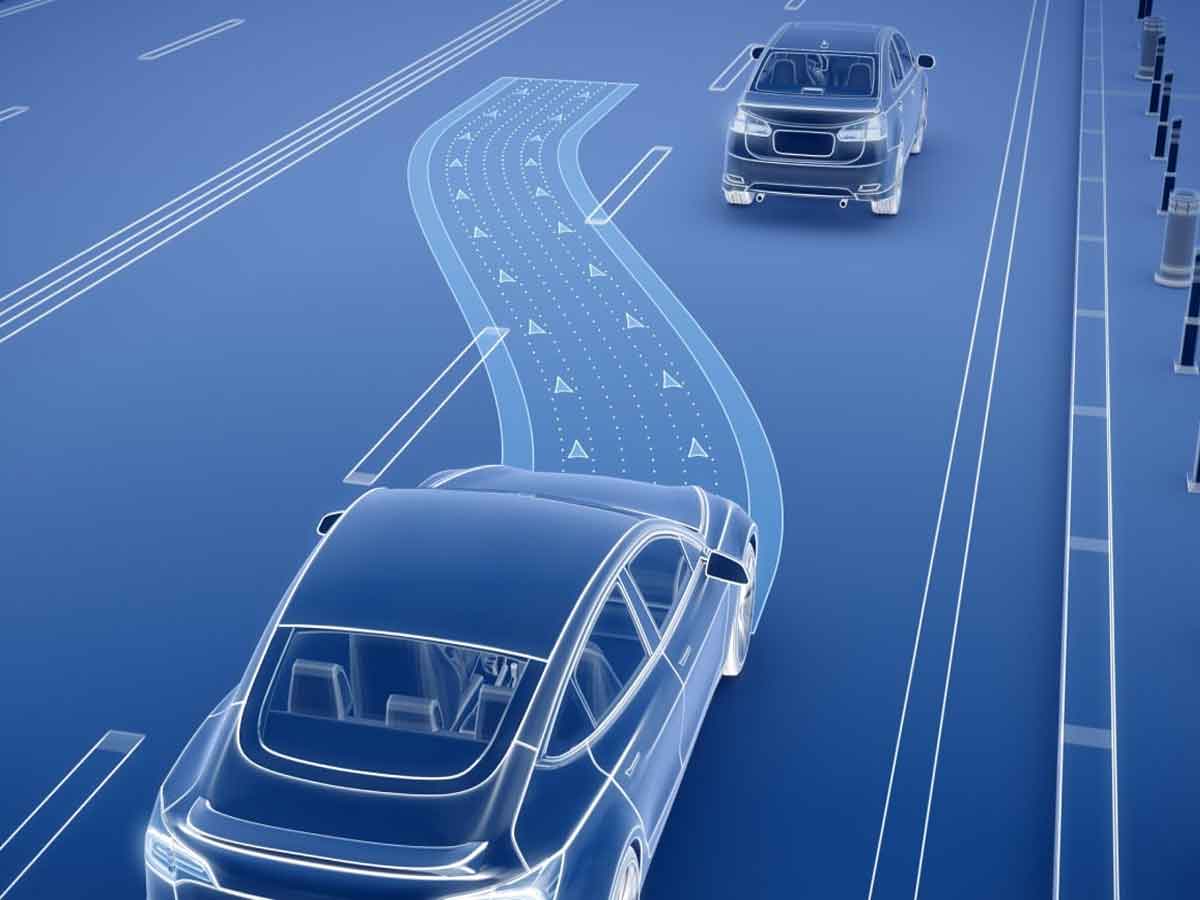
2. Contribution to Medical Diagnosis Systems:
Health care is also a very important field that uses AI now to save time and increase efficiency. In general, healthcare uses AI a lot to save lives. We previously talked about Medical AI Chatbots that do exist, like Med-PaLM 2 powered by Google DeepMind, and how bigger tech titans are already joining this AI and health game, like Priscilla Chan and Mark Zuckerberg, with their Chan Zuckerberg Initiative (CZI).

If we especially focus on Symbolic AI, this technology mostly boosts healthcare, particularly medical diagnosis. For systems like that can analyze symptoms, cross-reference vast medical knowledge, and provide recommendations.
3. Decision-Making in Autonomous Cars:
Self-driving cars are a big topic right now. Mostly because of Elon Musk and his company, Tesla. So, have you ever thought about who or what contributes to the car's decision-making prowess? You got it – symbolic AI. In the context of autonomous cars, symbolic AI plays a very crucial role, especially in navigating complex traffic scenarios.
4. Object and Pattern Recognition in Computer Vision Systems:
Have you ever wondered how your phone recognizes faces in photos or how surveillance systems spot potential security threats? Or, if you remember my 'Back Head Mystery' article, Symbolic AI is the brain behind this magic.
Computer vision systems are very good at object and pattern recognition, turning pixels into meaningful symbols. This capability extends from identifying faces to detecting anomalies, enhancing our ability to interpret visual data. That’s how your mobile phone or your Windows Hello system knows it’s you tha trying to use the device.
What Are the Main Differences between Other AI Techniques and Symbolic AI?
There are a few main differences between other AI techniques and symbolic AI. Let me explain a few of them. That way, you can understand how things work in expert systems, neuro-symbolic AI, etc.

1. Contrast with Machine Learning and Deep Learning:
The main and obvious features that set symbolic AI apart from its AI counterparts. While machine learning and deep learning got the spotlight already, symbolic AI kinda dances to a different beat or vibe. Unlike its data-centric counterparts, symbolic AI doesn't need a huge amount of training data. Instead, it thrives on a different diet – the manipulation of symbols.
2. Independence from Vast Amounts of Training Data:
While machine learning algorithms demand mountains of data to decipher complex patterns, Symbolic AI takes a minimalist approach. It's the minimalist philosopher in AI, needing just enough information to reason and represent knowledge effectively.
3. Emphasis on Knowledge Representation and Reasoning:
Symbolic AI's emphasis on knowledge representation and reasoning is akin to building a sturdy foundation for a skyscraper. It's not just about predicting outcomes; it's about understanding, interpreting, and making decisions based on structured knowledge. While machine learning excels in predictions, symbolic AI takes the stage when you need the 'why' behind the predictions.
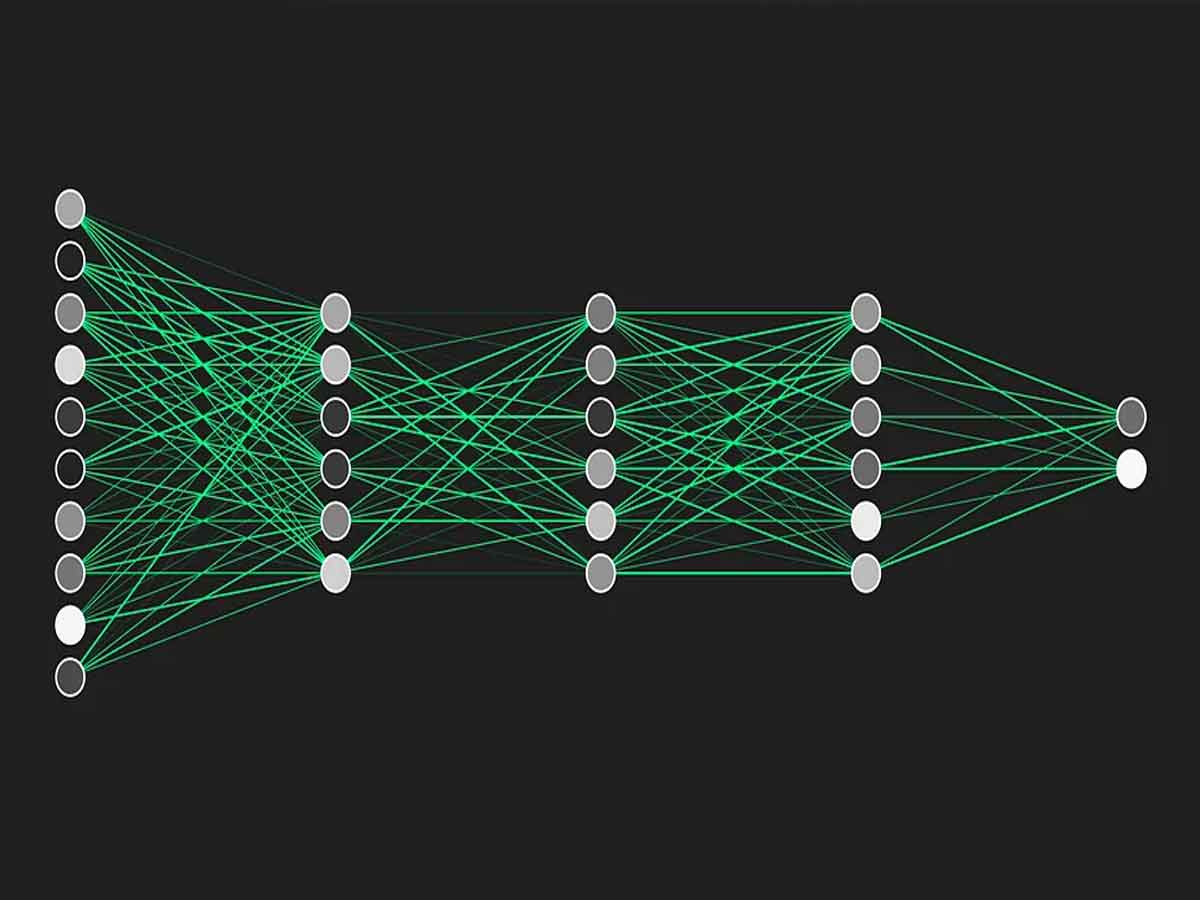
How to Choose the Right AI for the Right Task?
In AI, choosing the right technique is like choosing the right tool for a job. Symbolic AI would be best when the job involves well-defined and structured knowledge domains.
Suppose your AI mission involves:
- Wading through oceans of data.
- Deciphering intricate patterns.
- Navigating the complexities of the unknown.
In that case, the stage belongs to machine learning and deep learning. These thrive on data abundance, unleashing their might in realms where patterns are elusive and intricate.
Choosing between Symbolic AI and its data-hungry counterparts boils down to the nature of the task.
What Are the Benefits of Symbolic AI
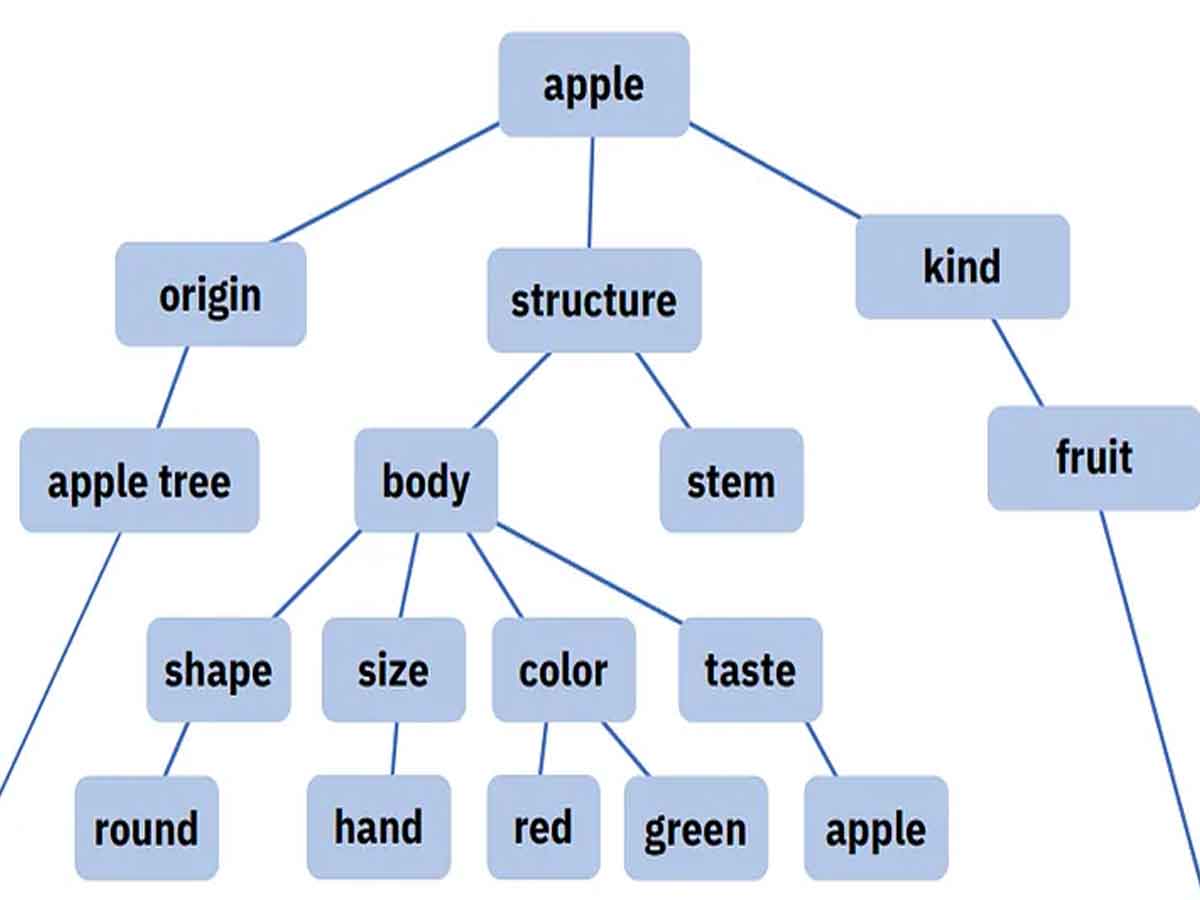
1. Interpretability: Transparency in the Reasoning Process
One of symbolic AI's shining attributes is its spotlight on reasoning. The term to remember here is interpretability. In symbolic AI, the path from input to output is not a mysterious black box; it's a well-lit journey where each step is clear and understandable. This transparency is a boon, especially when understanding the 'why' is as crucial as understanding the 'what.'
2. Knowledge Representation: Structured Representation of Complex Knowledge
Symbolic AI can bring order to the chaos of information. In AI, this structured representation, knowledge representation, is a game-changer. It's not just about data; it's about building a logical framework for knowledge to reside and interact.
3. Flexibility: Adaptability to Different Domains by Modifying Rules and Knowledge Base
Flexibility is the superpower symbolic AI. Unlike a rigid structure, symbolic AI dances to the tune of adaptability. The magic lies in effortlessly modifying rules and the knowledge base. Need to switch domains? No problem. Symbolic AI gracefully adjusts its steps, ensuring its intelligence remains relevant regardless of the setting.
What Are the Limitations of Symbolic AI

1. Incomplete Knowledge and Reliance on Human Input
In all its brilliance, Symbolic AI has a limitation – it thirsts for complete and well-defined knowledge. The effectiveness of Symbolic AI is tethered to the accuracy and completeness of the human knowledge it feeds on. Incomplete information is its Achilles' heel, reminding us that it's only as good as the data it has.
2. Scalability Issues with a Growth in Symbols and Rules
As the number of symbols and rules grows, symbolic artificial intelligence encounters a challenge – the struggle to scale. The more intricate the task, the more demanding the performance becomes. Symbolic AI faces a problem; scalability becomes a bottleneck as complexity expands.
3. Challenges with Uncertain or Ambiguous Information
Life is messy, and so is data in the real world. Symbolic AI thrives in well-structured scenarios but stumbles when faced with the chaos of uncertainty. Dealing with uncertain or ambiguous information is the nemesis of a symbolic AI system. The precision it craves clashes with the unpredictable nature of the real world, reminding us that perfection has limits.
The Dynamic Evolution: From Symbolic AI to Neural Networks
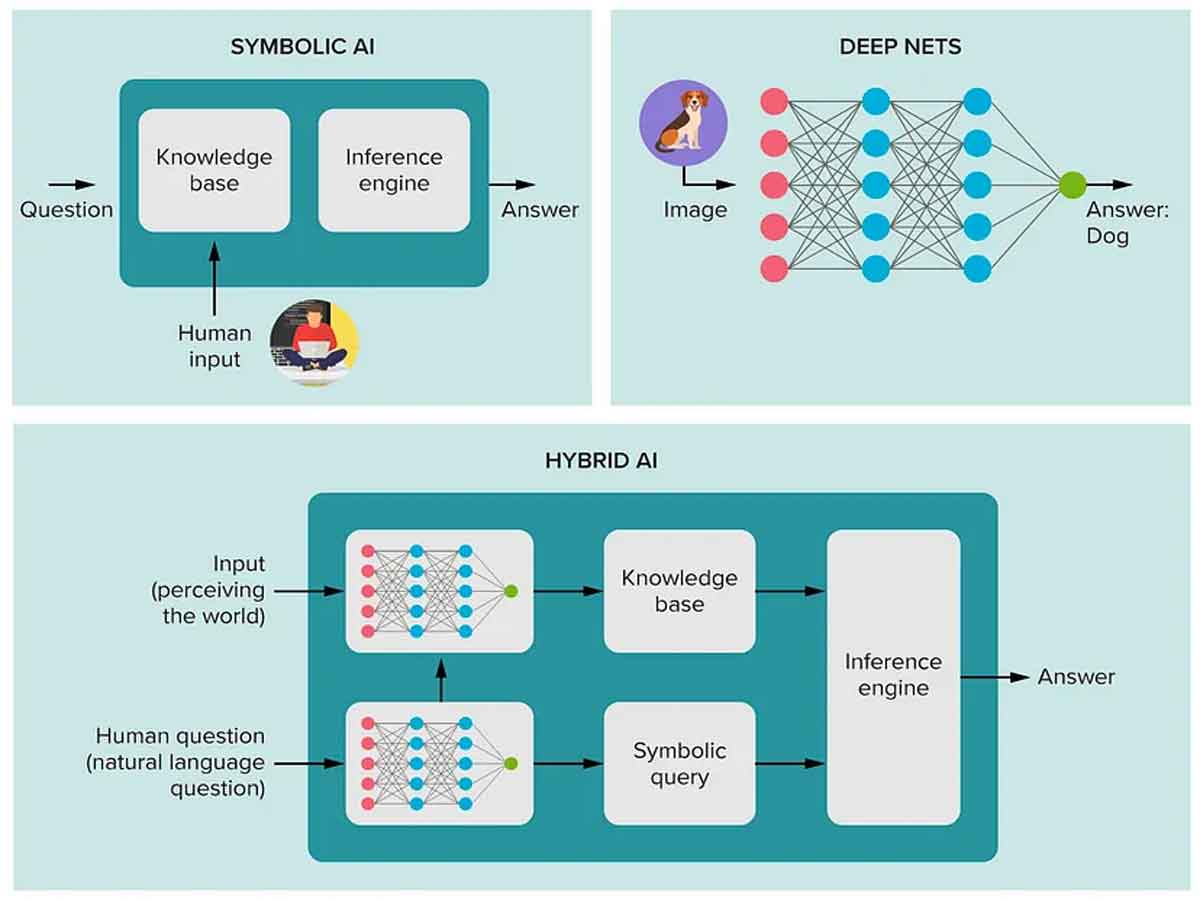
The journey of neural networks is like a captivating story unfolding through time. The exploration of neural network models marked early attempts at artificial intelligence (AI). Think of it as the AI pioneers dipping their toes into the vast possibilities of mimicking the human brain's architecture.
Fast-forward to 2012, a pivotal year for neural networks. Big Data became the driving force, providing the vast information needed to train these networks effectively. Coupled with the parallel processing prowess of Graphics Processing Units (GPUs), neural networks found a resurgence and gained unprecedented capabilities.
The impact? Nothing short of spectacular. Neural networks appeared to thrive in various domains, from image and speech recognition to natural language processing. Their ability to discern complex patterns and nuances propelled them into the spotlight, forever changing the landscape of AI applications.
However, this evolution had its challenges. Issues like bias, the need for explainability, comprehensibility, and robustness became apparent. The inherent complexity of neural networks posed challenges in ensuring fair and transparent decision-making, demanding a closer look at their inner workings.
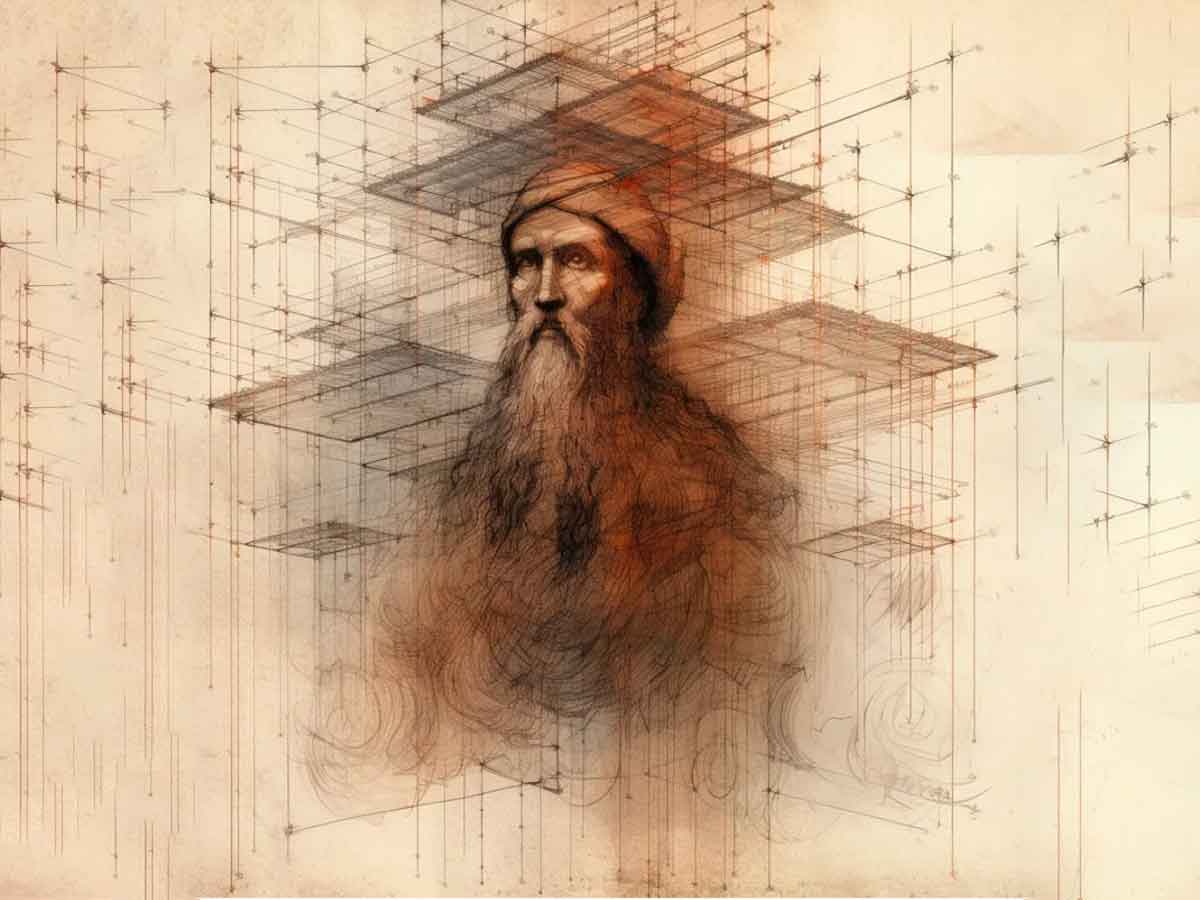
The clarion call within the AI community is a call for unity. Recognizing the strengths of symbolic AI, there's a growing consensus on the importance of combining symbolic and neural network approaches. This synergy aims to harness the reasoning capabilities of symbolic AI and the pattern recognition prowess of neural networks, creating a more holistic AI framework.
As AI systems advance, so do the expectations. Common-sense reasoning, a trait often taken for granted in humans, proved a hurdle. Recent developments focus on addressing these difficulties pushing the boundaries of what AI can achieve. The goal? To imbue AI systems with a nuanced understanding of the world, enhancing their ability to navigate complex real-world scenarios.
Symbolic AI finds application in various areas, including NLP for conversational chatbots such as Bard, ChatGPT, and Claud AI. This approach, often termed "deterministic," involves instructing the machine to comprehend languages akin to the way humans learn to read and write.
The Current State of Symbolic AI
Symbolic AI is all about applications requiring logic and structured knowledge. Combining neural networks and symbolic AI makes much more sense because that maximizes each approach's strengths, creating AI systems that are both creative and logical.
The neuro-symbolic concept learner (NSCL) embodies this fusion, marrying symbolic AI's rule-based prowess with neural networks' pattern-crunching capabilities. NSCL is all about the mix. It takes rule-based programs and throws them into the neural network. The result? A potent blend that's not just about following rigid rules but also adapting and learning from experience.
One of NSCL's superpowers is Explainability. NSCL aims to shed light on its decision-making process. Plus, it's a data-saver. While some AI models demand mountains of data to learn, NSCL thrives on efficiency.
NSCL proudly holds the torch for symbolic reasoning in the AI marathon. It emphasizes that structured thinking and logical rules are relevant concepts. They're the backbone of AI systems that perform tasks and do so with a clear rationale, making them more trustworthy and adaptable.
